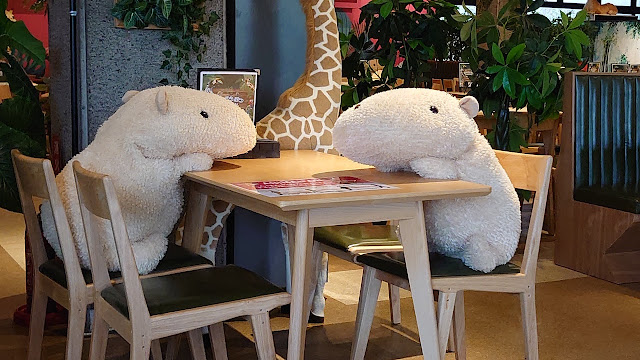(Image Credit: Pixabay)
If you think that you’re safe from health complications that could be caused by alcohol consumption because you don’t drink that much compared to heavy drinkers (or you drink moderately), think again, as this recent study suggests that “even consuming alcohol within weekly low-risk drinking guidelines” could have health risks, too. The recent study is published in the Journal of Studies on Alcohol and Drugs.
Moderate drinkers "are not insulated from harm," write researchers led by Adam Sherk, Ph.D., of the Canadian Institute for Substance Use Research at the University of Victoria in British Columbia, Canada.
The Canadian government's low-risk drinking guidelines state that women should consume no more than about 10 drinks per week and men no more than 15. (A "drink" is 12 oz. of beer, 5 oz. of wine, or 1.5 oz. of liquor.) These limits are slightly higher than those in the United States and exceed those of most other high-income countries.
In their research, Sherk and colleagues found that, in British Columbia, a significant portion of alcohol-caused death and disability was experienced by those drinking within these guidelines. For example, more than 50 percent of cancer deaths resulting from alcohol use occurred in people drinking moderately. Further, 38 percent of all alcohol-attributable deaths were experienced by people drinking below the weekly limits or among former drinkers.
[...]
Sherk suggests that guideline limits should be lowered to match those in the Netherlands: "Don't drink or, if you do, drink no more than one drink per day."
If there’s a drink that you should drink many glasses or bottles of, that would be good old water.
Via EurekAlert
(Image Credit: University of Victoria/ EurekAlert)
By Franzified































